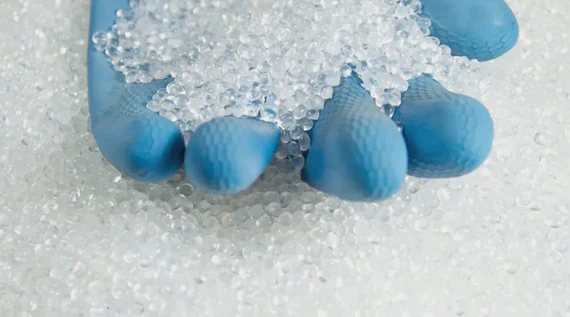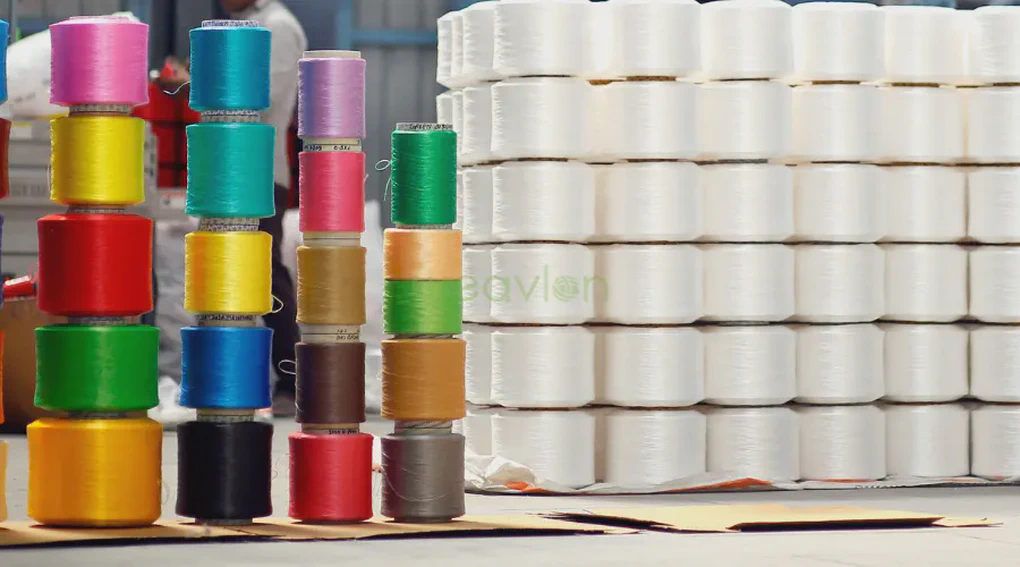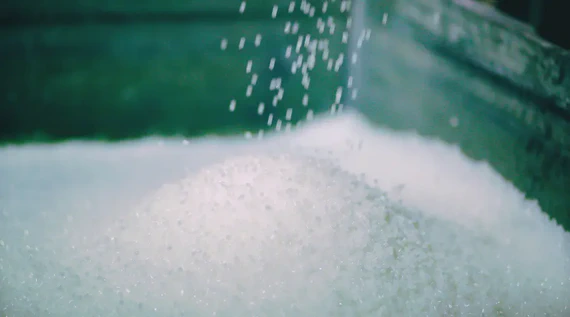
Masterbatch Compatibility with Different Polymers *Why the Right Carrier Resin Makes All the Difference*
🔹 Introduction In the world of plastic processing, masterbatch is a go-to solution for adding color, improving …

Polypropylene (PP) multifilament yarn is a widely used synthetic material known for its strength, durability, and resistance to moisture and chemicals. It serves as a backbone in industries ranging from geotextiles and packaging to agriculture, automotive, and construction. However, selecting the right yarn involves more than just knowing the material—it requires understanding key performance parameters and how they influence real-world functionality.
This guide provides a deep dive into the mechanical and structural characteristics of PP multifilament yarn and offers a detailed application-specification matrix to help engineers, sourcing managers, and product developers make informed decisions.
SEO Keywords: polypropylene yarn, PP multifilament yarn, denier in yarn, yarn tenacity, high-strength yarn, yarn for geotextiles, industrial yarn, cost-effective yarn, UV resistant yarn, yarn technical guide
| Application Area | Recommended Denier | Tenacity (gpd) | Elongation (%) | Special Notes |
|---|---|---|---|---|
| Geo-textiles | 1000D – 3000D | 6.5 – 7.0 | 20 – 30 | High UV resistance, low shrinkage required |
| Woven Sacks | 400D – 1000D | 5.0 – 6.0 | 20 – 40 | Flexibility, cost-efficiency critical |
| Webbing & Belts | 800D – 2000D | 6.0 – 7.0 | 15 – 25 | Controlled elongation, abrasion resistance |
| Ropes & Twines | 1000D – 3000D | 5.5 – 6.5 | 20 – 35 | Balanced strength and elongation |
| Stitching Threads | 210D – 840D | 4.5 – 5.5 | 15 – 30 | Fine denier, smooth finish |
| Industrial Fabrics | 500D – 1500D | 5.5 – 6.5 | 20 – 30 | Dimensional stability, thermal control |
| Agrotextiles | 400D – 1200D | 5.0 – 6.0 | 25 – 35 | High UV resistance, breathability needed |
| Automotive Interiors | 600D – 1000D | 5.5 – 6.5 | 20 – 30 | Aesthetic texture, temperature resistance |
To ensure consistency and reliability in end-use applications, typical quality checks include:
Precision in yarn selection directly impacts product performance, cost structure, and lifecycle. Polypropylene multifilament yarn, with its tunable mechanical and chemical properties, offers great flexibility across industries. By aligning yarn characteristics like denier, tenacity, and elongation with your specific application needs, you can ensure product reliability and optimize material usage.
Use this guide as a reference point for technical decisions, supplier discussions, and R&D formulation.
We can help you tailor yarn profiles to your performance goals.
#PPYarn #Multifilament #TextileEngineering #TechnicalTextiles #MaterialSelection #Geotextiles #IndustrialTextiles #CostEffectiveYarn #EngineeringWithSpecs #PolypropyleneYarn #HighStrengthYarn #UVResistantYarn #YarnForGeotextiles

🔹 Introduction In the world of plastic processing, masterbatch is a go-to solution for adding color, improving …

In today’s competitive plastic industry, cost optimization without compromising performance is a constant challenge. …
With 80,000 MTA capacity and world-class manufacturing across India, Sonali delivers plastic solutions trusted around the globe.
Contact Us